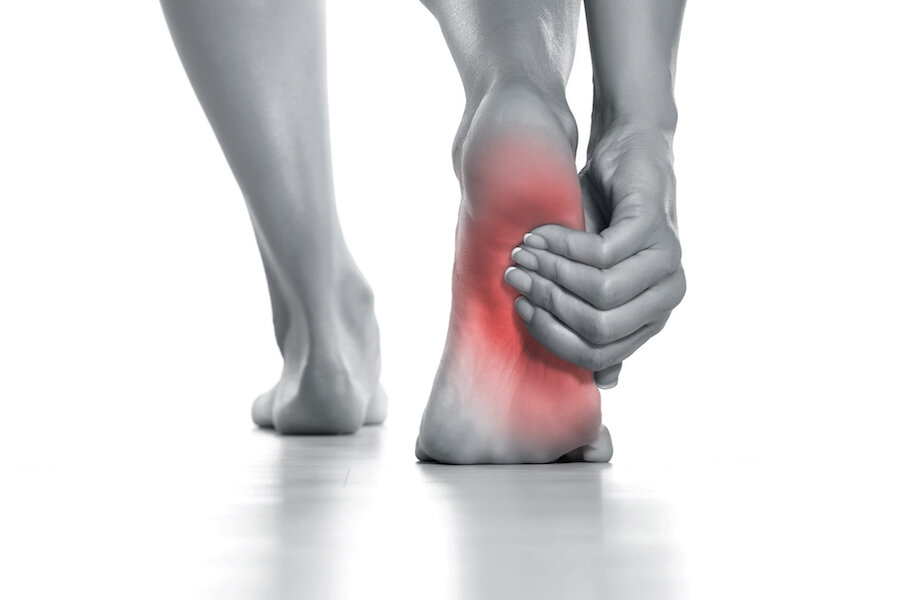How to Avoid Common Hiking Injuries
With outdoor activities being a popular thing to do lately, many of us could be experiencing some new physical and mental challenges that we are not used to.
Living in the Okanagan, hiking is a very popular activity and a great outdoor workout that allows you to explore the beautiful area we live in! It is one of the many reasons why I moved to British Columbia, and one of the ways I explore this beautiful province!
To keep your hiking season as long as possible, here are some common hiking injuries and how to avoid them.
Sprained Ankles/Knees
Sprains occur when a joint rolls or is stretched past its normal range of motion, over-stretching the supporting ligaments around the joints, causing a sprain. Hiking sprains are usually due to the terrain of the hiking trail and/or lack of support from footwear. Sometimes they are just unavoidable as rocks may slip, or tree roots are hidden.
How to avoid: Wear supportive and proper footwear. Hiking boots with ankle support will help prevent ankle sprains. And be mindful of where you are stepping! Enjoy the views but don’t get too distracted.
Muscle Cramping
Nothing like being 2/3 of the way in to the hike and your calf muscle cramps so hard it makes you jump right in to the fetal position. Muscle cramps are commonly caused from dehydration, but can also be caused by an imbalance of electrolytes in your body. Electrolytes are minerals that carry an electric charge when they are dissolved in a liquid such as blood. Certain electrolytes—sodium, potassium, chloride, and bicarbonate—help regulate nerve and muscle function and maintain acid-base balance and water balance.
How to avoid: Eat plenty of food before your hike – food is fuel. Drink plenty of water before, during, and after your hike. And carry some electrolyte tablets or powder to add to your water while you are out hiking, especially on a hot day.
Try these Nuun Tablets – they are delicious and easy to fit into your day back.
Plantar Fasciitis
This term gets tossed around a lot, but I don’t think it is fully understood. Plantar Fasciitis is an inflammation of the fibrous tissue (aka plantar fascia) along the bottom of your foot that connects your heel bone to your toes. Symptoms of this include heel pain, inability to walk due to pain, and cramping in the foot. This can be caused by lack of stretching, inadequate foot support, or various terrain.
How to avoid: Proper footwear and stretching before and after your hike! If you do happen to have heel pain/foot pain, try freezing a water bottle and rolling the bottom of your foot out to provide some relief.
Tendinitis
Most common in the achilles tendon, tendinitis is the inflammation/irritation of a tendon from repetitive stress. It can be caused by improper footwear, tight calf muscles, over pronation in gait, and inadequate rest.
How to avoid: Proper footwear (catching a theme here…), stretching, and rest!
If you do happen to get any of these injuries while you are hiking or doing any physical activity, be sure to get assessed by a healthcare provider. The sooner treatment can be provided, the sooner you can be out back on those trails.
Have a current injury?
Book in with us and let’s get you back to conquering the outdoors!
See some more information about our summer activities recommendations from the team





